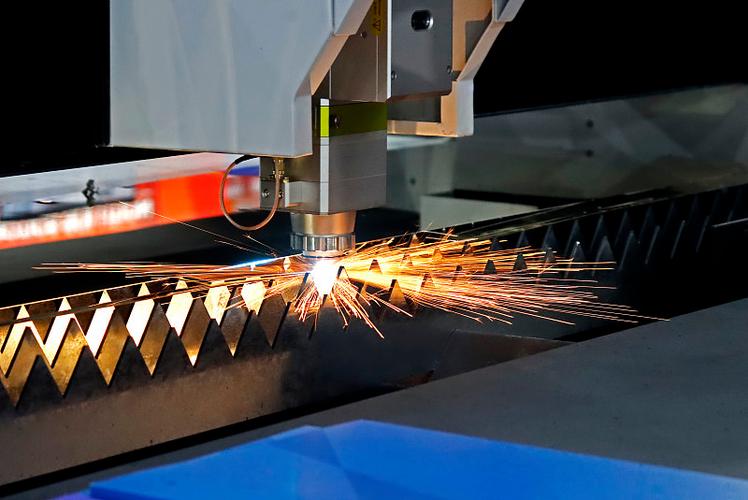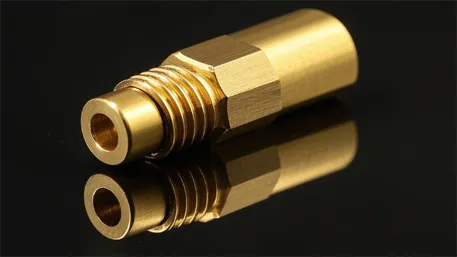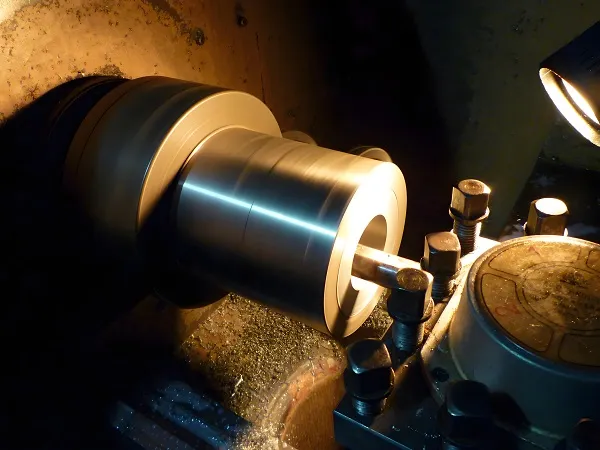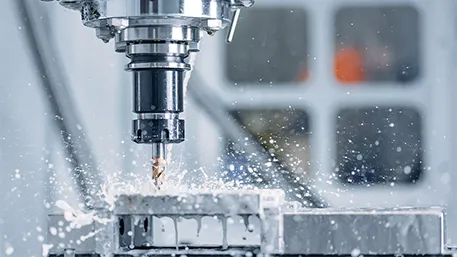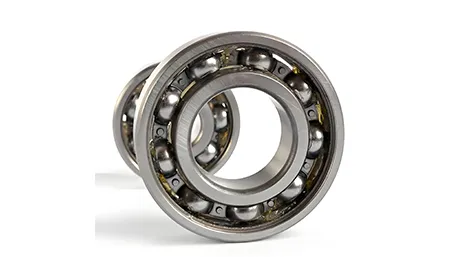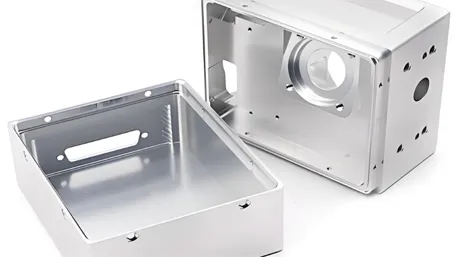CNC laser cutting is a precision manufacturing process that uses a high-powered laser beam, controlled by computer numerical control (CNC) systems, to cut, engrave, or shape materials. The laser, focused into a narrow beam, generates intense heat (often exceeding 1,000°C) to melt, burn, or vaporize the material, creating clean, accurate cuts. Unlike traditional mechanical cutting tools, the laser makes non-contact with the workpiece, reducing material distortion and eliminating the need for post-processing to remove tool marks. CNC technology ensures the laser follows pre-programmed paths from CAD designs, enabling complex shapes, intricate patterns, and consistent results across large production runs. This method is valued for its speed, versatility, and ability to handle a wide range of materials, making it integral to industries from automotive to aerospace.
Detailed Analysis of CNC Laser Cutting
1. Core Technologies
CNC laser cutting relies on several key technologies to deliver precision and efficiency:
- Laser Sources: The type of laser determines its suitability for specific materials. CO₂ lasers (wavelength 10.6 μm) excel at cutting non-metals like wood, plastics, and textiles. Fiber lasers (1.06 μm) are ideal for metals (steel, aluminum) due to their high energy absorption. Nd:YAG and Nd:YVO₄ lasers, with shorter wavelengths, are used for high-precision tasks like engraving or cutting thin metals.
- CNC Control Systems: These systems convert CAD designs into numerical codes (G-code) that direct the laser’s movement along X, Y, and sometimes Z axes. Advanced controllers adjust laser power, speed, and focus in real time to adapt to material thickness and density.
- Optical Systems: Mirrors or fiber optic cables guide the laser beam from the source to a focusing lens, which concentrates the beam into a tiny spot (0.1–0.3 mm in diameter) for precise cutting. The lens’s focal length determines cut width and depth—shorter focal lengths for fine details, longer ones for thicker materials.
- Assist Gases: Gases like oxygen (for metals, to accelerate combustion), nitrogen (to prevent oxidation and achieve clean edges), or compressed air (for non-metals) are used to blow away molten material and cool the cut area, improving edge quality.
2. Manufacturing Process
The CNC laser cutting workflow follows these steps:
- Design & Programming: Engineers create 2D or 3D CAD models of the part, specifying cut lines, engraving depths, and material type. CAM software converts these models into laser-cutting paths, optimizing parameters like laser power (50–6000 watts) and cutting speed (1–100 m/min) based on material properties.
- Material Setup: The workpiece (sheet or block) is secured to the cutting bed using clamps, vacuum chucks, or nesting fixtures to prevent movement during cutting. Thin materials (e.g., 0.1mm metal foils) may require a backing plate to avoid damage to the bed.
- Calibration: The laser is calibrated to ensure the beam is focused correctly and aligned with the material’s surface. This step is critical for achieving consistent cut quality—even minor misalignment can cause uneven edges.
- Cutting Execution: The CNC system activates the laser, which follows the programmed path to cut through or engrave the material. For thick materials, the laser may make multiple passes, with each pass increasing depth. Piercing (creating an initial hole to start the cut) is done at lower power to avoid material splatter.
- Post-Processing: Depending on the material, parts may undergo deburring (removing sharp edges), cleaning (to remove residue), or surface treatments (e.g., painting metal parts to prevent rust).
3. Materials Used
CNC laser cutting is highly versatile, handling materials across multiple categories:
- Metals: Carbon steel, stainless steel, aluminum, brass, and copper. Fiber lasers are preferred for metals due to their high absorption rate, while CO₂ lasers work for thin metals but may produce rougher edges.
- Non-Metals: Acrylic, wood, plywood, cardboard, textiles (e.g., fabric, leather), and plastics (PVC, PET). CO₂ lasers are ideal here, as they efficiently cut organic materials without causing charring (when parameters are optimized).
- Composites: Fiberglass, carbon fiber, and laminates, though cutting composites requires careful control to avoid delamination.
- Specialty Materials: Foam, rubber, and ceramic (with laser parameters adjusted to prevent cracking).
4. Types of Products Produced
CNC laser cutting is used to create a diverse range of products, including:
- Metal Components: Automotive parts (gaskets, brackets), aerospace panels, and industrial machinery parts with complex cutouts.
- Signage & Displays: Acrylic signs with intricate lettering, wooden nameplates, and backlit displays for retail or events.
- Textile & Apparel: Custom fabric patterns, leather accessories (e.g., wallets, belts), and embroidered designs pre-cut with laser precision.
- Electronics: Circuit board prototypes, metal enclosures for devices, and plastic casings with precise ports or vents.
- Medical Devices: Surgical tools, implant components (from biocompatible metals), and disposable medical parts (e.g., plastic syringes).
5. Key Applications & Industries
CNC laser cutting serves a wide range of industries:
- Automotive & Aerospace: Producing lightweight metal parts (e.g., chassis components, aircraft panels) with tight tolerances, reducing vehicle weight and improving fuel efficiency.
- Advertising & Signage: Creating custom signs, logos, and promotional displays from materials like acrylic, wood, or metal, with detailed engravings or cutouts.
- Textiles & Fashion: Cutting fabric for clothing, upholstery, or accessories, enabling intricate patterns that are difficult to achieve with traditional scissors or blades.
- Electronics & Manufacturing: Fabricating precision parts for electronics (e.g., sensor housings) and consumer goods (e.g., smartphone cases) with minimal material waste.
- Medical & Healthcare: Manufacturing sterile, high-precision components for medical devices, where accuracy and material purity are critical.
6. Common Scenarios & Advantages
CNC laser cutting is ideal for scenarios such as:
- Intricate Designs: Parts with fine details, such as lace-like metal screens or complex geometric patterns in wood, which would be time-consuming or impossible to cut with mechanical tools.
- Low-Volume Production: Prototyping or small-batch runs (e.g., custom wedding invitations, limited-edition metal art) where setup costs are lower than for stamping or die-cutting.
- Minimal Material Waste: Nesting software optimizes the arrangement of parts on a material sheet, reducing scrap—especially valuable for expensive materials like stainless steel or carbon fiber.
- Non-Contact Cutting: Processing delicate materials (e.g., thin foils, fabrics) without causing deformation, as the laser does not apply mechanical pressure.
Limitations include higher energy consumption compared to mechanical cutting, slower speeds for very thick materials (over 25mm steel), and potential hazards (eye damage from laser beams, fumes from cutting plastics). However, these are mitigated with safety protocols (e.g., enclosed work areas, fume extractors) and technological advancements (e.g., high-power fiber lasers for faster metal cutting).
In summary, CNC laser cutting combines the precision of CNC control with the versatility of laser technology, making it a cornerstone of modern manufacturing. Its ability to handle diverse materials and produce complex designs efficiently ensures its role in industries where accuracy, speed, and flexibility are essential.
